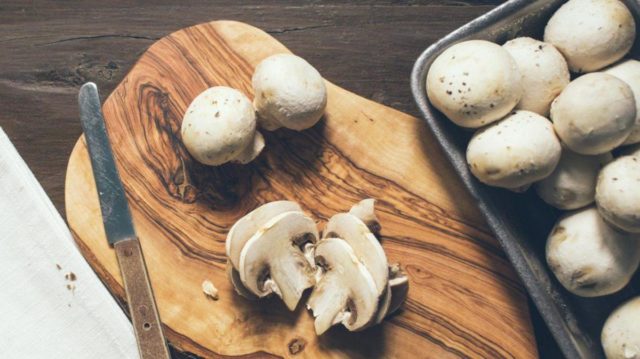
Most people can make enough vitamin D from sun exposure during the summer, but for many, it’s much harder in the winter because people bundle up indoors during the cold weather.
During the cold season, many find it difficult to get enough sunlight, and that poses a significant risk to people’s vitamin D levels.
Registered Dietitian and Association for Dietetics in South Africa Spokesperson, Kelly Scholtz breaks down why we need vitamin D and how we can make sure we get enough of it
What do our bodies need vitamin D for?
- Vitamin D works like a hormone in our bodies and has an important effect on many of our biological systems. Some examples:
- Calcium absorption and maintenance of suitable calcium levels for optimum brain development, muscular contractions, cardiovascular health, regulation of blood pressure, normal bone formation
- Regulation of the immune response
- Facilitation of insulin secretion in the pancreas
- Regulation of healthy cells in our skin, breast tissue, lungs, colon and prostate.
How can we get vitamin D in winter?
Since there are very few foods that naturally provide us with concentrated vitamin D, our best chance of making sufficient vitamin D in the winter in South Africa is to expose our skin to a few minutes of mid-day sun so that our bodies can make their own vitamin D.
Many countries are too far from the equator to have enough sunlight exposure during winter, which is why milk fortification with vitamin D is mandatory in countries like the USA. Even in South Africa, Gauteng gets a longer window of sunlight than Cape Town simply because it is further north.
It is important for everyone to get outside for 15 to 20 minutes at lunchtime, even if all that is exposed is your face and lower arms. This is obviously not possible for everyone, and lockdown made it impossible for many people, so it is important to look at other options.
Routine supplementation of high doses of vitamin D is not recommended, because high levels of vitamin D in the blood are toxic. Therefore, where someone is unable to get outside, I would suggest a low-dose supplement and a focus on food sources get close to our recommended daily amount of approximately 600IU. A higher dose supplement should only be taken with guidance from a health professional after blood tests show a true vitamin D deficiency.
There is an app called D Minder that can help with getting enough (and not too much) sun exposure to make vitamin D at your exact latitude. It allows you to input things like your skin type and how much skin is exposed at the time.
Foods that are rich in vitamin D
- Fortified milk and breakfast cereals.
- Fresh button mushrooms do not contain vitamin D when they are bought in the shop, but when they are sliced and placed on a baking sheet in the sun, they make significant amounts of vitamin D.
- Oily fish such as trout or salmon, as well as cod liver oil.
- Canned tuna and sardines provide small amounts.
- Beef liver, egg yolks and cheese provide small amounts.
Vitamin D plays many roles in the body, so a deficiency could cause many health concerns, but it is important to remember that high dose supplementation of any micronutrient is only going to have a positive effect if there is an existing deficiency in that nutrient.
A deficiency should only be determined in partnership with a health professional, adds Scholtz.







